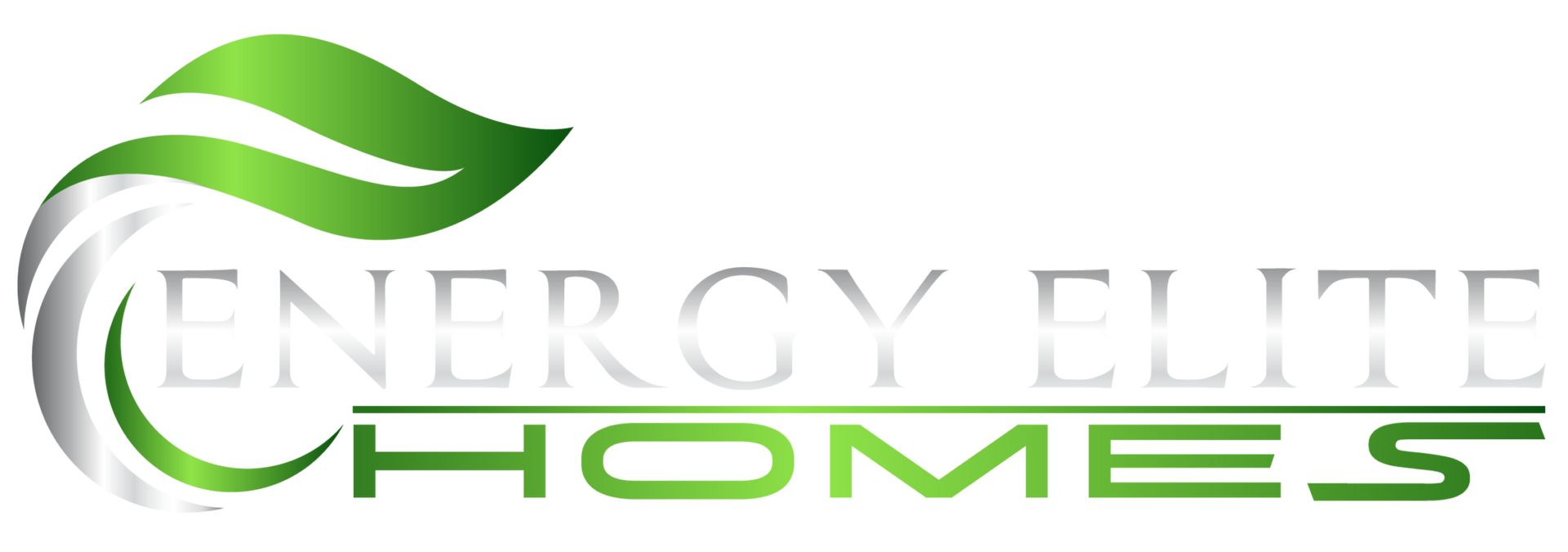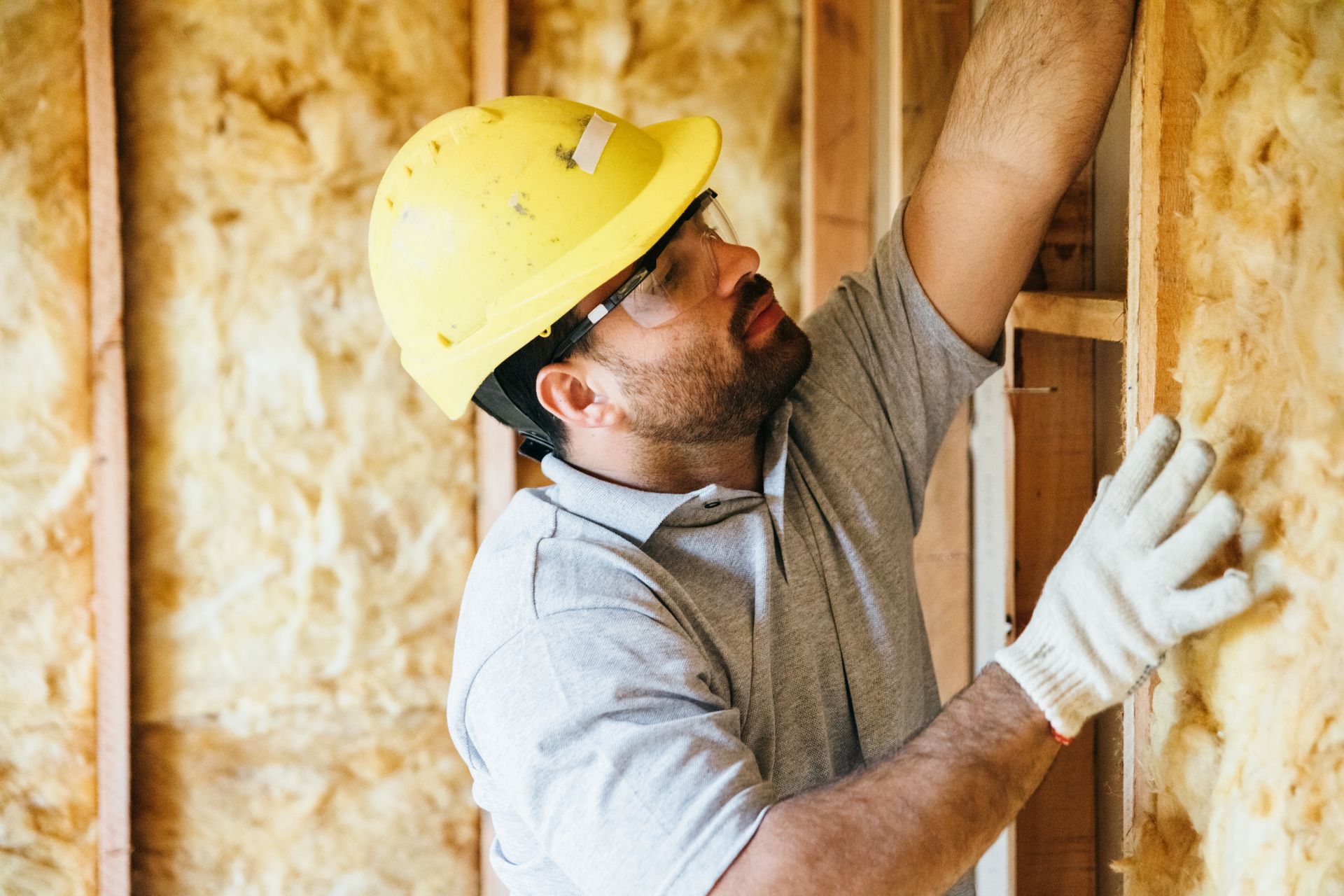Keep Your Home Comfortable With Our Insulation Solutions
Qualify for $1,200 to $2,800 in tax and cash-back credit when you insulate your home!
Residing in the Southern region, you’re all too familiar with the unforgiving grip of summer’s scorching heat. Some days, it feels like the very pavement could start to liquefy beneath your feet. You’ve likely adopted the practice of starting your car a bit earlier to let it cool down before venturing out for work or errands. The relentless strength of the tropical sun emphasizes the significance of assessing the quality and age of your home’s insulation. Effective insulation not only enhances indoor comfort but also serves as a valuable ally in your quest to reduce your monthly electricity expenses.
Chances are, your attic doesn’t serve as a storage space, as its primary role is to house the insulation that keeps your home comfortable. If you haven’t ventured into your attic lately to evaluate the state of your insulation, it’s a prudent step to do so. It’s essential to assess whether it’s time for a replacement. The insulation in your attic shoulders a challenging task, managing the heat that rises from within your home and the heat originating from the sun’s relentless rays on your roof. An annual inspection of your insulation is advisable to ensure you’re receiving top-notch protection against the elements and maintaining your home’s energy efficiency. All credit accepted!
How Insulation Works
Before delving into how insulation functions, it’s crucial to grasp the dynamics of heat transfer. Heat inherently moves in a singular direction: from warmer areas to cooler ones, driven by one of three primary processes. These processes encompass conduction, convection, and radiation, and, on occasion, multiple processes transpire concurrently.
Conduction
Simply put, conduction is the process of heat transferring between two objects in direct contact with each other. It can transpire in solids, liquids, or stationary gases. For instance, when you place a pot of soup on a heated stove, the metal of the pot initially absorbs the heat. Over time, this thermal energy moves from the metal pot to the soup contained within it. Similarly, if you’ve ever left a spoon in a cup of hot coffee, you’ve likely observed how conduction can also warm up the spoon.
Convection
Convection represents an alternate method of heat transfer, arising when heat moves through the motion of liquids or gases. This phenomenon explains why warm air, which is less dense than cold air, ascends within your living space. Returning to the example of the pot on the stove, the soup in contact with the pot’s surface initially warms up due to conduction. Subsequently, the remainder of the soup heats through the process of convection as heat currents circulate upwards within it.
Radiation
The third mode of heat transfer is radiation. In radiation, there’s no material medium facilitating the transmission of energy—neither the heat source nor the object being heated is in direct contact. An illustrative instance of radiation is how the sun emits heat across our solar system. Every object, regardless of its temperature, emits energy through radiation. The higher the temperature of an object, the more energy it radiates.
Whether it’s summer or winter, you want the heat to be where you need it most to ensure a comfortable environment inside your home. This is where insulation comes in.
Insulation and Heat
Irrespective of the method of heat transfer, it invariably moves from a warmer area to a cooler one until temperature equilibrium is achieved between the two spaces. In winter, this implies that heat within your home flows from all heated living areas into adjacent unheated spaces, encompassing the attic, garage, and the outdoors. Conversely, during summer, heat infiltrates from the outside into every nook and cranny of your home.
Given that excessively hot or cold environments aren’t conducive to comfortable living, you likely rely on your air conditioner during the summer and your heater in the winter. Nonetheless, without quality insulation in your home, these appliances are compelled to toil harder than necessary to maintain the desired indoor temperature. Insulation is ingeniously engineered to curtail the heat flow, ensuring it remains where you intend it to, regardless of the season.
The longevity of insulation typically ranges from 20 to 80 years, offering a boon to your financial well-being. If you happen to dwell in an older residence, it’s advisable to assess the condition of the insulation in your attic, as insulation quality has substantially advanced since the 1970s. If you’re uncertain about the right time to replace your insulation, seeking the expertise of a professional to assess the insulation’s R-value and apply necessary upgrades is a prudent step.
Insulation and R-Values
An R-value serves as a gauge of an insulating material’s capacity to resist conductive heat transfer. The higher the R-value, the more efficient the insulation is at curbing heat flow. The R-value hinges on several factors:
- The type of insulation
- The thickness of the insulation
- The density of the insulation
Enhancing your home’s insulation involves augmenting the R-value and, consequently, bolstering resistance to heat transfer. Given that each residence boasts unique features in terms of structure, square footage, and energy efficiency, consulting an insulation expert is imperative to ascertain the requisite amount of insulation for your home.
It’s not only essential to take into account the R-value of your chosen insulation but also the specific installation location. When insulation is compressed, it’s improbable that it will attain the full R-value rating. Moreover, heat is prone to move more readily through building materials such as studs, resulting in differing R-values for walls and ceilings. As you contemplate your insulation strategy, remember to factor in your local climate, the type of heating and cooling systems you employ, and the precise area of your house earmarked for insulation.
Types of Insulation
The sheer variety of insulation options available in today’s market can be quite surprising. Let’s swiftly explore each type to assist you in identifying the most suitable material for your home.
Fiberglass
Fiberglass stands as the prevalent insulation material, crafted from finely woven glass fibers. This material is frequently employed in batts, rolls, and loose-fill insulation formats.
Cellulose
Cellulose insulation is manufactured from recycled paper products and is typically available in a loose-fill insulation format.
Foam
Foam insulation, despite its name, is composed of polystyrene, polyisocyanurate, or polyurethane, all of which are various types of plastics. This insulation is commonly applied through spraying or via installation in rigid foam boards.
Mineral Wool
Mineral wool encompasses rock wool and slag wool. Rock wool is synthetically produced from a blend of natural minerals, while slag wool is synthetically created from a byproduct of molten metal. Both types are utilized in batts, rolls, and loose-fill insulation forms.
Natural Fibers
Natural fiber insulation comprises an array of materials, such as:
- Cotton
- Sheep’s wool
- Straw
- Hemp
These materials undergo treatment to enhance their resistance to fire, mold, and insects.
Denim Insulation
Denim insulation, as its name suggests, is crafted from recycled jeans and post-industrial denim cotton. It is distinguished by its non-toxic and non-irritating properties, making it a favorable choice for DIY enthusiasts. However, it tends to be pricier than some of the more conventional insulation materials.
Benefits of Insulation
While it may appear evident that insulation primarily serves to maintain a comfortable indoor temperature, there exists a multitude of other advantages that can be readily experienced. These advantages bring forth both immediate and enduring benefits. Let’s delve into them.
Reduce Energy Costs
Effectively retaining heat indoors during winter and coolness during summer translates to reduced energy consumption, leading to a substantial decrease in your energy costs. Given the Southern State’s typically high reliance on HVAC systems to maintain home comfort, investing in quality insulation from Green Solutions offers a means to curtail your energy usage.
Keep More Heat In/Out of Your Home
On chilly mornings, the desire to step into a cozy, warm room is natural, just as seeking refuge in a refreshingly cool living space on scorching summer days. With quality insulation, you can effectively control the retention or exclusion of heat from your home, adapting to the season’s demands.
Reduce Your Carbon Footprint
Your energy consumption is intimately linked to your carbon footprint, representing the volume of carbon dioxide and other carbon compounds released as a result of fossil fuel usage. By selecting the appropriate insulation type for your climate and home, you have the power to diminish your carbon footprint and contribute to a more sustainable environment.
Increase Comfort
It’s worth emphasizing that effective insulation unquestionably contributes to year-round home comfort.
Enhance the Value of Your Home
When preparing to sell your home, you aim to make a strong first impression and maximize your asking price. In this regard, enhancing your home’s value through quality insulation, which leads to reduced annual utility expenses, is a prudent investment. Contemplating insulation for your property promises both immediate and enduring advantages.
Customize Your Insulation
No matter the era of your home’s construction, there exists an optimal insulation solution for your needs. Additionally, you have the flexibility to choose a tiered approach to insulation, which can help mitigate the initial expenses often linked to a full installation while ensuring you achieve the highest returns on your investment.
Enhance Your Health
The reason people tend to experience more illnesses in the winter, as opposed to the summer, is no mystery: colder temperatures can weaken your immune system. As a precaution, it’s essential to verify that your home is equipped with the appropriate level and type of insulation to foster a healthier indoor environment.
How Radiant Barriers Work
Much like insulation, radiant barriers are typically placed in the attics of homes with the primary goal of decreasing heat transfer and cutting down on cooling expenses. These barriers are crafted from highly reflective materials that repel radiant heat instead of absorbing it. However, unlike insulation, radiant heat barriers do not mitigate heat conduction, which is the process by which heat moves from, for example, a hot cup of coffee to a spoon placed in the cup. Radiant heat moves directly in a straight line away from surfaces, warming any solid object it encounters. Heat transfer through convection occurs when a liquid or gas is heated, causing it to become less dense and rise.
Reduce Costs of Utilities
The remarkable ROI and increased home resale value wouldn’t be possible without the significant utility bill savings. Every homeowner is well aware that energy expenses constitute a substantial portion of their monthly living costs. Energy-efficient enhancements, on the other hand, can result in monthly utility bill reductions ranging from 5% to 30%. In a time when utility prices continue to rise annually, the importance and appeal of energy efficiency have never been greater.
Helps Protect the Environment
Residential buildings are responsible for approximately 19% of the nation’s greenhouse gas emissions. By implementing the appropriate energy-efficient improvements, the typical household can reduce its energy-related emissions by 25-30%. This is one of the most effective ways to contribute to environmental conservation, help combat global warming, and protect our planet’s future.
The energy efficiency boom is entirely logical. Be logical about the opportunity it presents.
Energy efficiency is a trend that resonates with most homeowners. It’s not just about being environmentally conscious; it’s also about pocketing some extra green. When people realize they can potentially save thousands of dollars through a straightforward upgrade, it’s a powerful motivator. If you’re interested in joining the thriving energy efficiency movement, explore our dealer program and become a part of the Energy Elite Home family today.
For skilled insulation services, call our team at (904) 855-6045.

